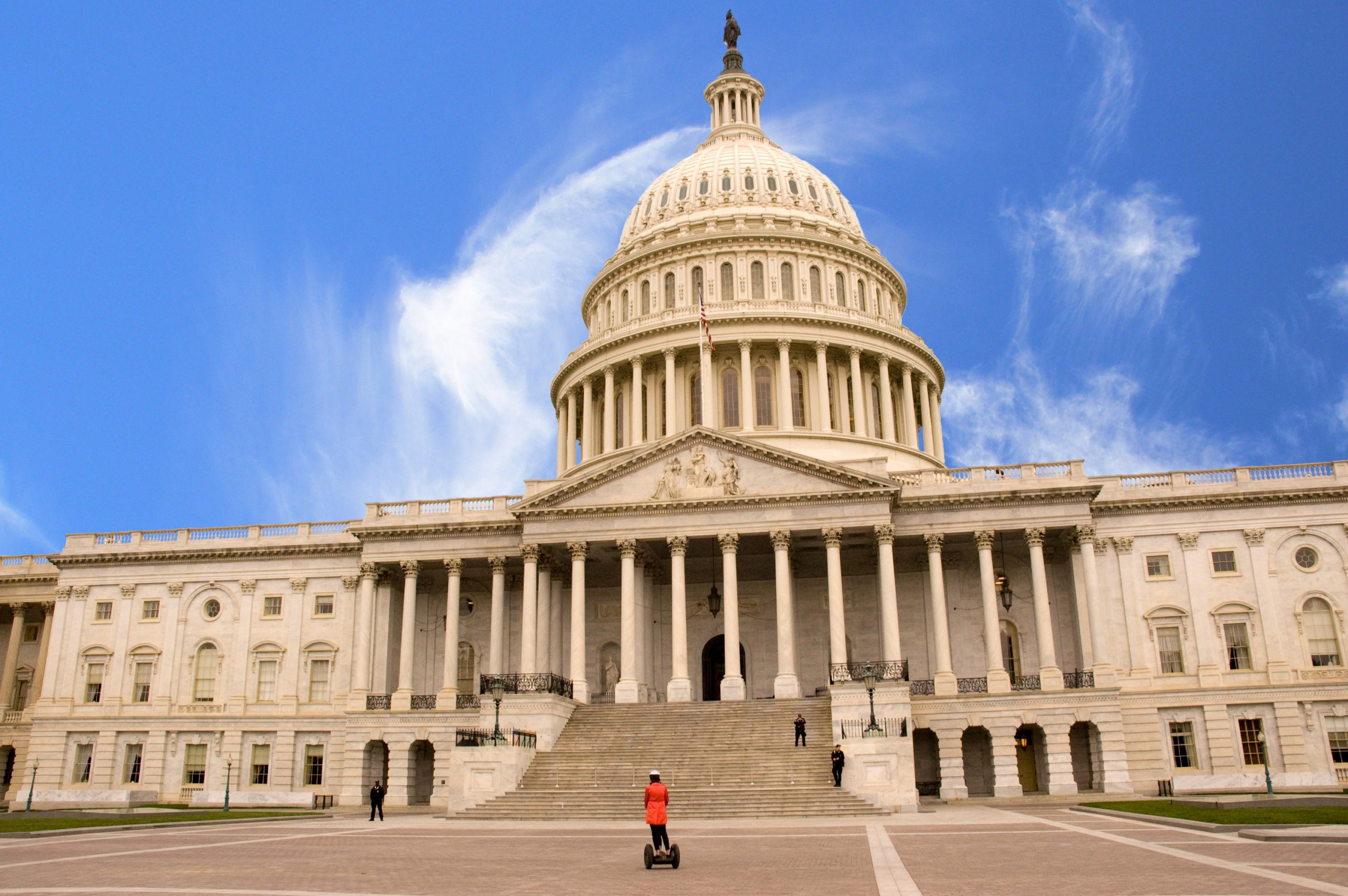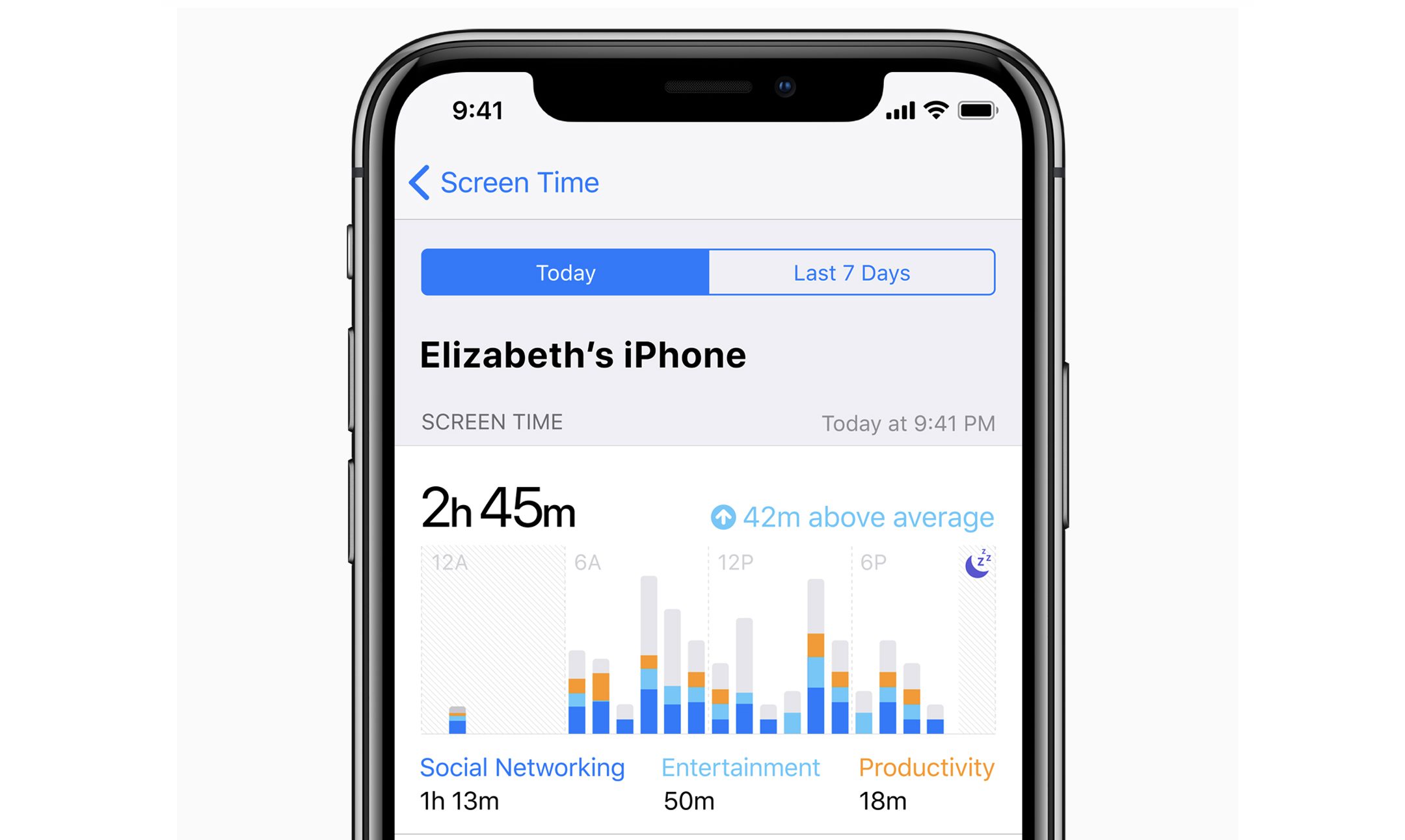The journey to financial freedom starts when you finally admit you’re hemorrhaging money faster than a Kardashian at a Balenciaga sale. Americans waste thousands annually—enough to fly first class to therapy and actually figure out why you’re broke. Your spending habits need a reality check harder than watching your ex get engaged on Instagram. From sneaky fees to zombie subscriptions, money vanishes everywhere. Ready to stop being financially tragic?
28. Bank Account Maintenance Fees
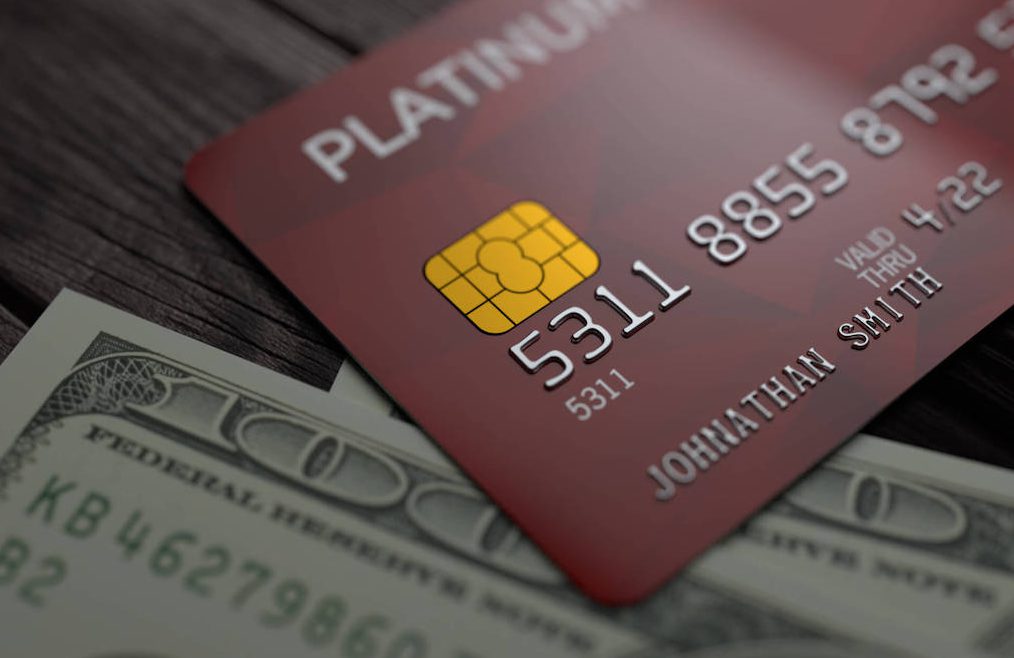
Americans fork over $162 yearly for the privilege of storing their own money. That’s basically paying rent on cash you already own. Low-income workers get hit hardest because they can’t maintain those ridiculous minimum balances. Meanwhile, online banks exist with zero monthly fees. Credit unions treat you better than that friend who borrowed money in 2019. Time to ghost your bank.
27. ATM Fees
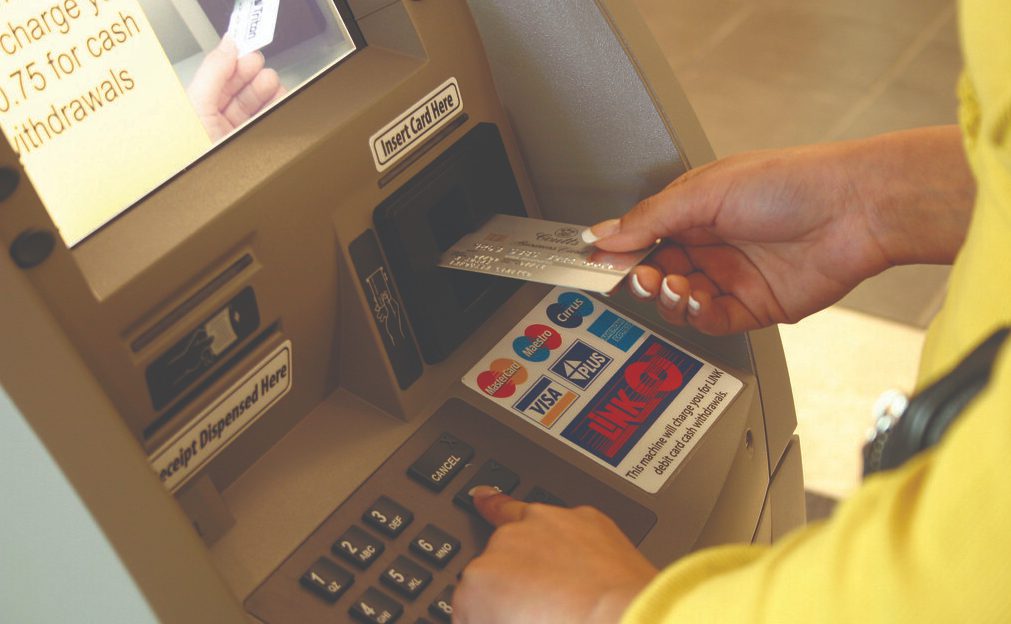
Picture this: You’re paying $4.77 to touch your own money through a machine. ATM fees hit record highs while everyone keeps feeding these mechanical vampires. Want revenge? Get cashback at grocery stores. Use Venmo. Plan ahead. Stop treating ATMs like expensive booty calls.
26. Late Fees
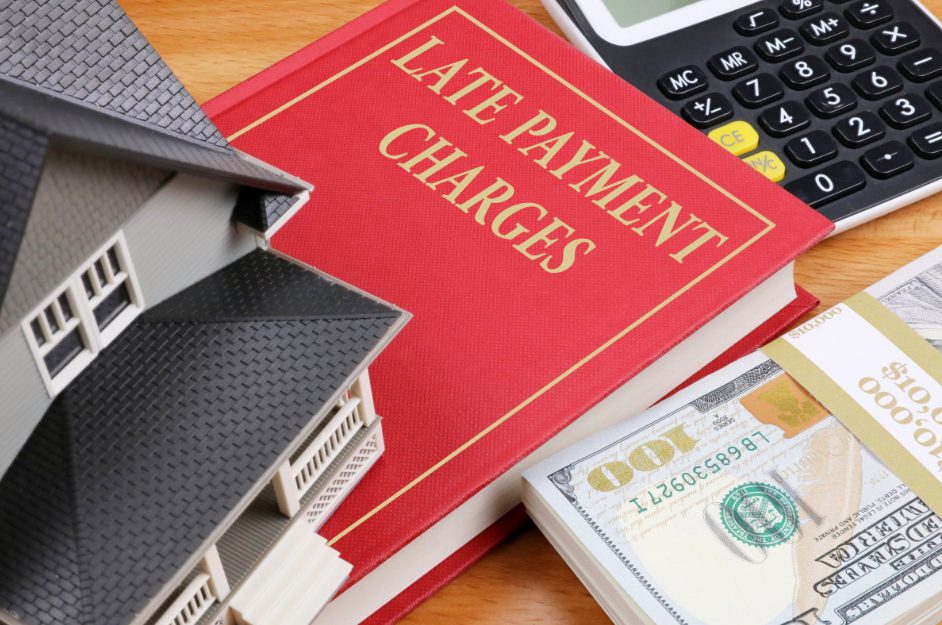
Good news: Credit card late fees dropped to $8 thanks to new regulations. Bad news: You’re still paying for procrastination. Miss payments and watch the financial dominoes fall. Interest compounds. Your balance bloats. The solution? Automatic payments. Set them up during your next Netflix binge. Your credit score needs this glow-up.
25. Overdraft Fees
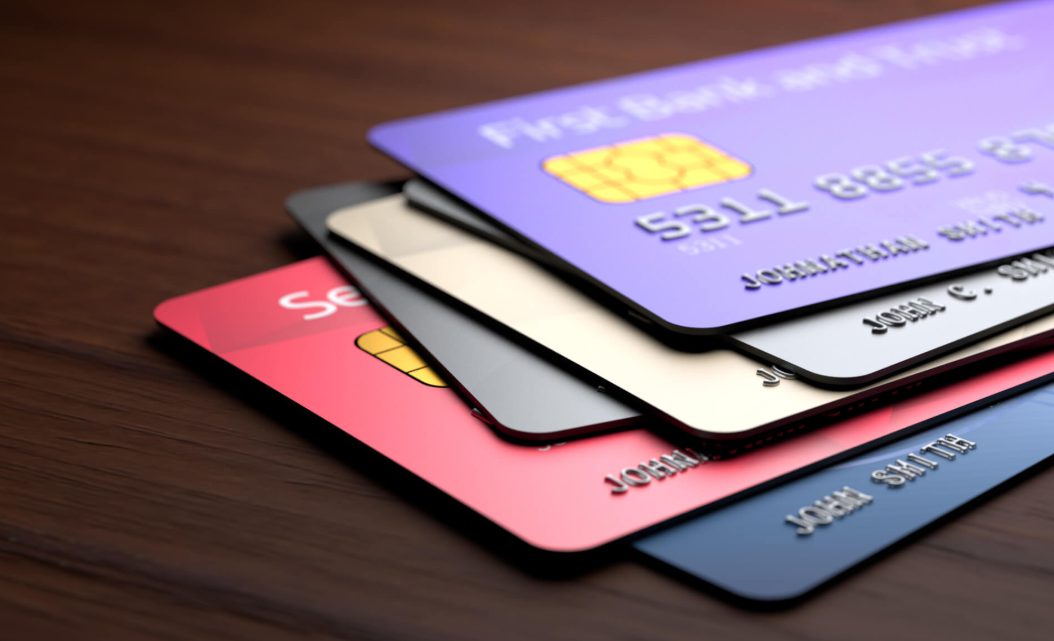
Banks pocketed $12.1 billion in overdraft fees last year—that’s giving Succession vibes but worse. Overdraw by $5, pay $35. Then more fees cascade like a bad Twitter thread. You’re suddenly broke-broke. Banks profit while you spiral. Choose overdraft protection. Link accounts. Stay woke about your balance.
24. Credit Card Interest
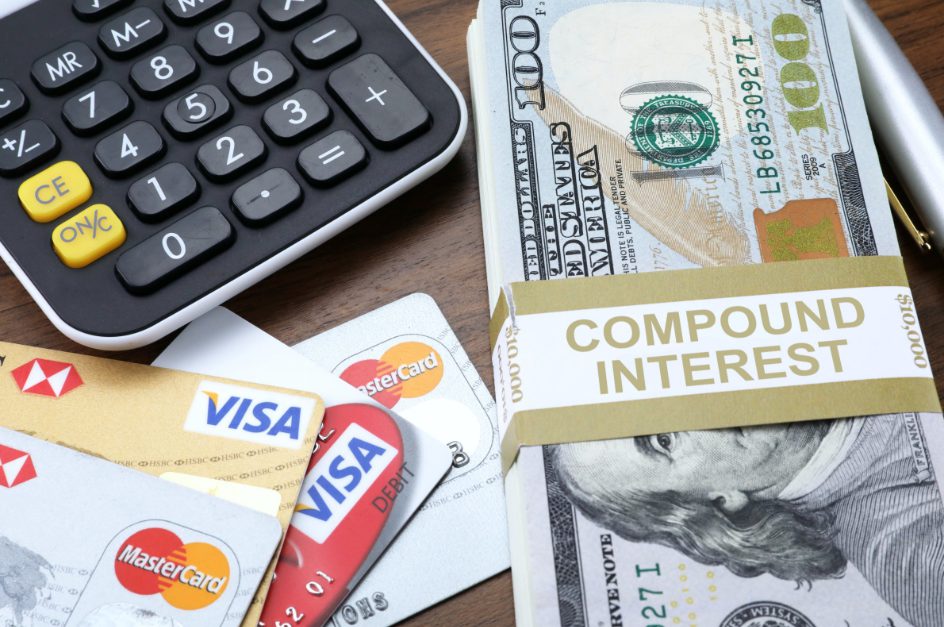
Credit cards charge 28.72% interest rates like it’s still acceptable to wear low-rise jeans. That’s higher than your standards should be. Families charge groceries then watch interest devour their budget faster than TikTok trends die. Attack high-rate debt first. Free up cash. Actually afford your lifestyle.
23. High Expense Ratioed Investment Funds

Investment fees are the financial equivalent of that friend who always “forgets” their wallet. While average expense ratios dropped to 0.36%, high-fee funds still exist. Two investors start equal. One pays 1.5% fees, another 0.2%. Thirty years later? The difference hits tens of thousands—enough for a Tesla or your kid’s college fund. Choose index funds. Check expense ratios religiously. Future you deserves better.
22. Not Taking Advantage of Tax Deductions

The tax gap hit $696 billion—that’s money left on the table like forgetting your phone at an ex’s house. Most taxpayers miss legitimate deductions. Business owners, claim that home office. Content creators, write off ring lights. Keep records obsessively. Consider professional help. The government doesn’t need donations.
21. Impulse Buying

Americans blow $281.75 monthly on impulse purchases—basically a car payment spent on things you’ll forget exist. Retailers engineer these traps better than Christopher Nolan plots. Online shopping makes it worse. Carts fill mysteriously. Institute a 24-hour cooling period. Most urges vanish faster than Pete Davidson relationships.
20. Buying Things on Sale Just Because They’re on Sale

Sales seduce 70% of consumers into unnecessary purchases. You acquire useless items at “great prices.” Closets overflow with unworn bargains. A 50% discount on garbage is still garbage. Ask yourself: Will this spark joy or just credit card debt?
19. Extended Warranties
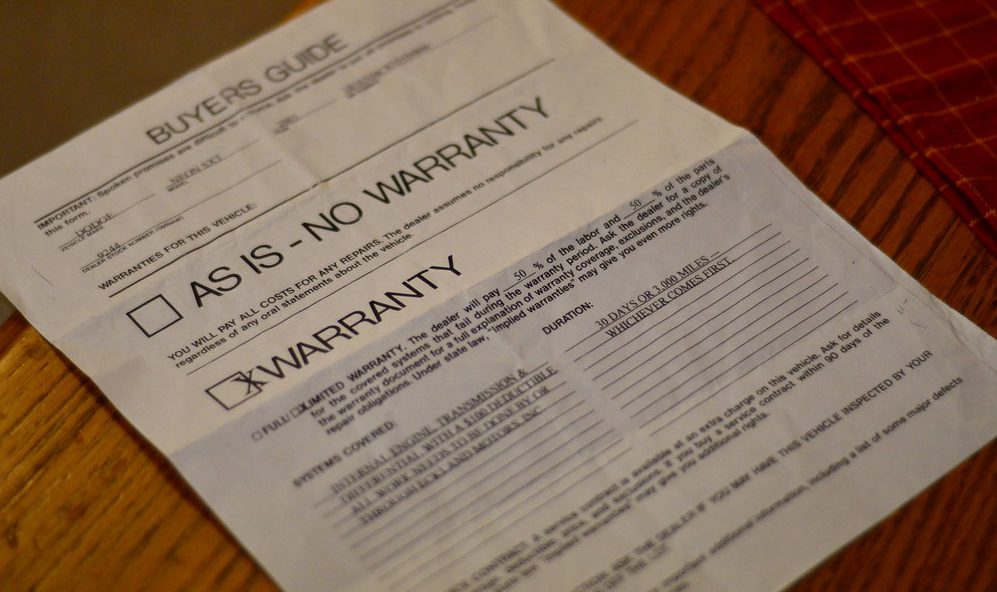
Retailers earn massive profit margins selling warranties. Products rarely break within warranty periods. You’ll never file claims. Create your own repair fund instead. Beat their system. Save that warranty money for actual emergencies.
18. Bulk Purchases

Costco promises savings but sometimes delivers regret. Americans waste $728 on spoiled food annually per person—that’s $2,913 for a family of four. Bulk lettuce becomes science experiments. Storage turns problematic. Calculate actual consumption rates. Buy bulk toilet paper, not perishables. Avoid turning your pantry into a food graveyard.
17. Fast Fashion

Americans toss pounds of clothing yearly, treating fashion like dating apps—swipe, wear, ghost. Shein hauls create landfill contributions. Quality vanishes. Choose investment pieces that outlast celebrity marriages. Thrift shopping is having a moment. Build a wardrobe that doesn’t need constant replacing.
16. Bottled Water

Bottled water costs exponentially more than tap—the biggest scam since NFTs. Plastic destroys oceans. Families waste thousands on branded H2O. Get a filter. Buy a Stanley cup (the tumbler, not the hockey thing). Your wallet and Mother Earth will both slide into your DMs with gratitude.
15. Designer Clothes and Luxury Brands

Luxury brands charge astronomical markups, making pharmaceutical companies look reasonable. Status symbols drain accounts faster than Vegas weekends. Marketing creates artificial desire. Evaluate honestly: Do you need Gucci or therapy? Choose substance over Instagram flex.
14. Designer Sunglasses and Eyewear

Sunglasses cost $25 to make, sell for $300. That markup hits harder than finding out your favorite show got canceled. One company monopolizes the market like Disney with superheroes. Generic brands offer identical protection. Technology will eventually disrupt this racket. Patience pays.
13. Designer Baby Clothes

Spending $50 on onesies is peak delusion. Babies outgrow clothes faster than Taylor Swift writes breakup songs. Parents struggle financially yet buy Burberry bibs. Your love doesn’t require labels. Fund college instead. Think beyond the ‘gram.
12. Clothing Items You’re Not in Love With

People wear 20% of their wardrobe 80% of the time—fashion’s version of the Pareto principle. That $100 dress worn once? Expensive regret. The $200 boots worn daily? Actually smart. Calculate cost per wear. Buy pieces that make you feel like the main character.
11. Daily Coffee Purchases

Specialty coffee costs $5 daily—that’s $1,825 annually. The math hurts more than your dating history. Home brewing takes two minutes. Drive-throughs take longer than some relationships. Invest in equipment. Master your favorites.
10. Buying Lunch Out Every Day

Americans spend $166 monthly per person dining out. Office workers hemorrhage money faster than streaming services drop shows. Meal prep on Sundays like an adult. Pack real food. Your credit score and cholesterol will both improve. Revolutionary concept: cooking.
9. Food Delivery Services

DoorDash enables peak laziness. Fees double your McDonald’s order faster than inflation. Apps turn $10 meals into $25 mistakes. Grocery shopping provides exercise. Fresh air exists outside. Delete apps. Cook occasionally. Your bank account demands this character development.
8. Buying Too Much Food That Goes To Waste
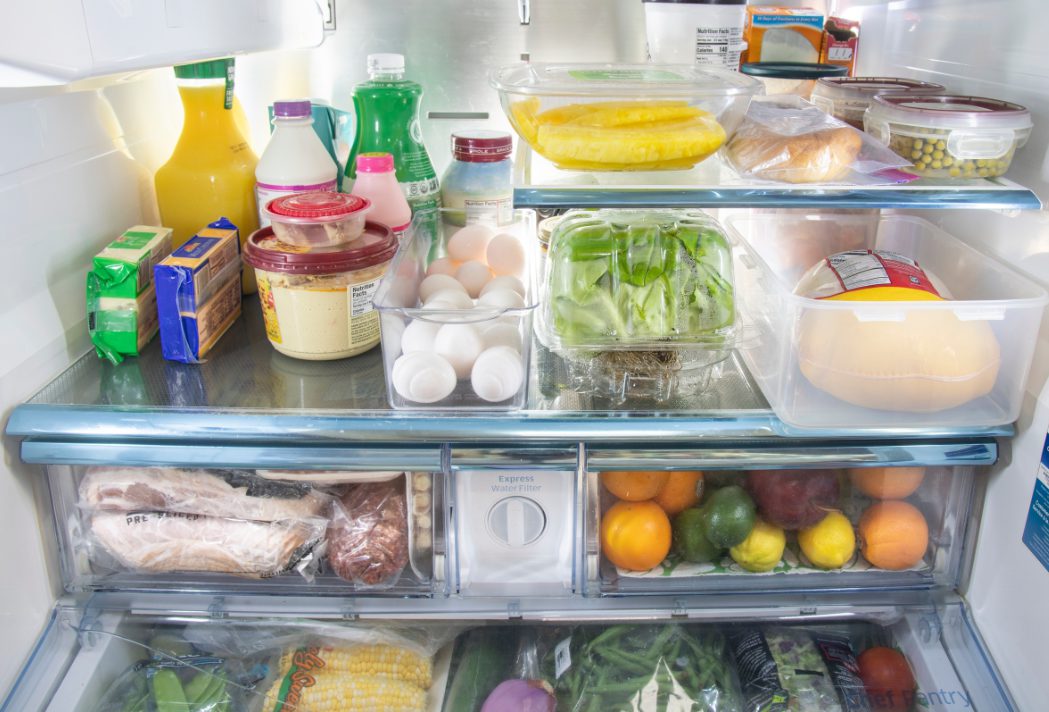
Bad planning costs $728 per person annually in food waste. Impulse grocery shopping mirrors dating apps—exciting initially, disappointing later. Food spoils. Money rots. Plan menus. Make lists. Buy necessities. Actually eat your aspirational vegetables.
7. Buying Overpriced Drinks When You Go Out to Eat

Restaurant cocktails cost $15—basically liquid rent. One martini equals most entrees. Alcohol inflates bills dramatically. Water is free and won’t text your ex. Pre-game responsibly. Find creative solutions. Your morning-after self will appreciate this wisdom.
6. Multiple Streaming Services
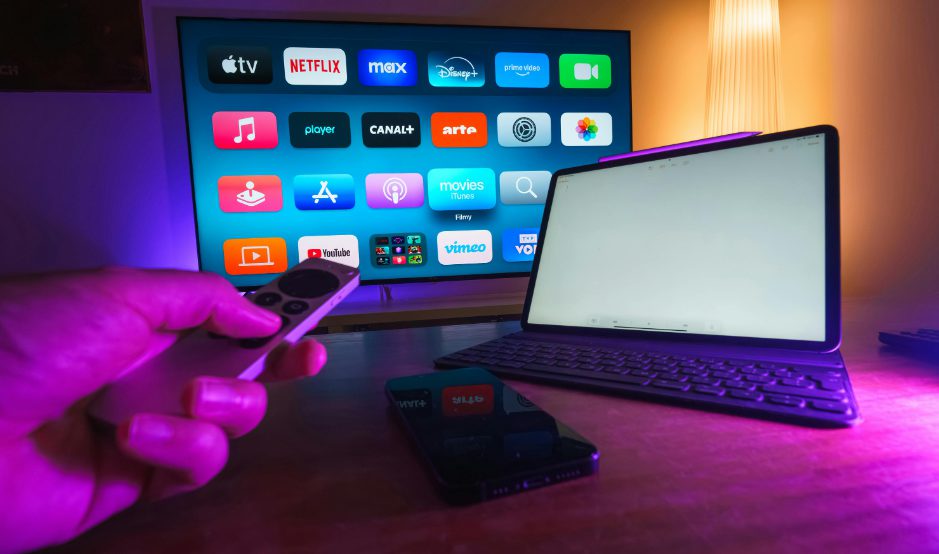
Americans spend $42.38 monthly on streaming—down from $55.04 last year but still substantial. Netflix, Hulu, Disney+, Max—nobody needs them all. Audit ruthlessly. Keep two maximum. Rotate seasonally like fashion. Share passwords before companies get stingier. Control the subscription chaos.
5. Gym Memberships

Unused gym memberships are financial ghosts haunting your bank statement. Most people quit faster than New Year’s resolutions. Empty gyms profit from your guilt. YouTube workouts cost nothing. Running remains free. Cancel dead memberships immediately. Stop funding equipment you’ll never touch.
4. Monthly Boxes
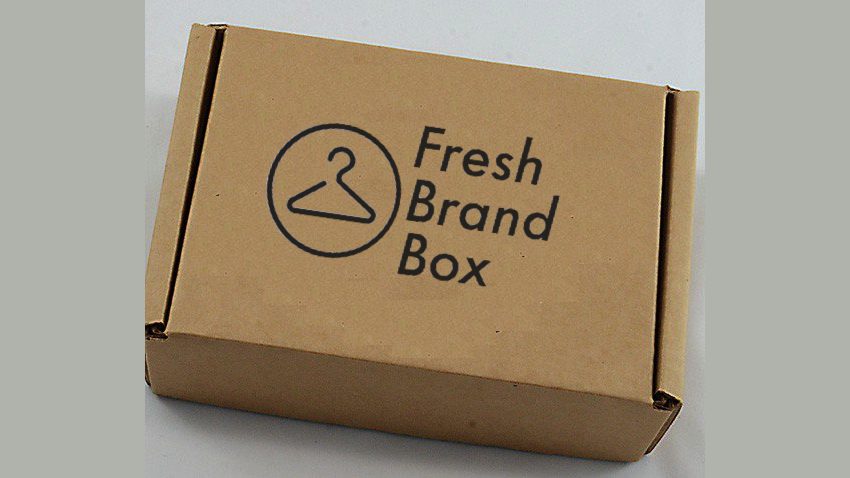
Subscription boxes promise monthly dopamine hits but deliver mostly disappointment. Items collect dust faster than your ex collected red flags. Novelty fades. Costs accumulate. Cancel everything. Buy specific items intentionally. Avoid manufactured excitement. Keep money for actual needs.
3. Cell Phone Games

Mobile games manipulate wallets through psychology—basically Vegas in your pocket. Players waste thousands on virtual gems. Delete pay-to-win apps. Find free entertainment. Your screen time and bank balance both need this intervention. Break the cycle.
2. New Cars

New cars lose 20-30% value in year one—depreciation hits harder than crypto in a bear market. That new car smell costs more than a semester at state school. Used cars offer better deals. Let others absorb depreciation. Buy three years old. Invest the difference. Drive smart, not new.
1. The Math Tax (Lottery)
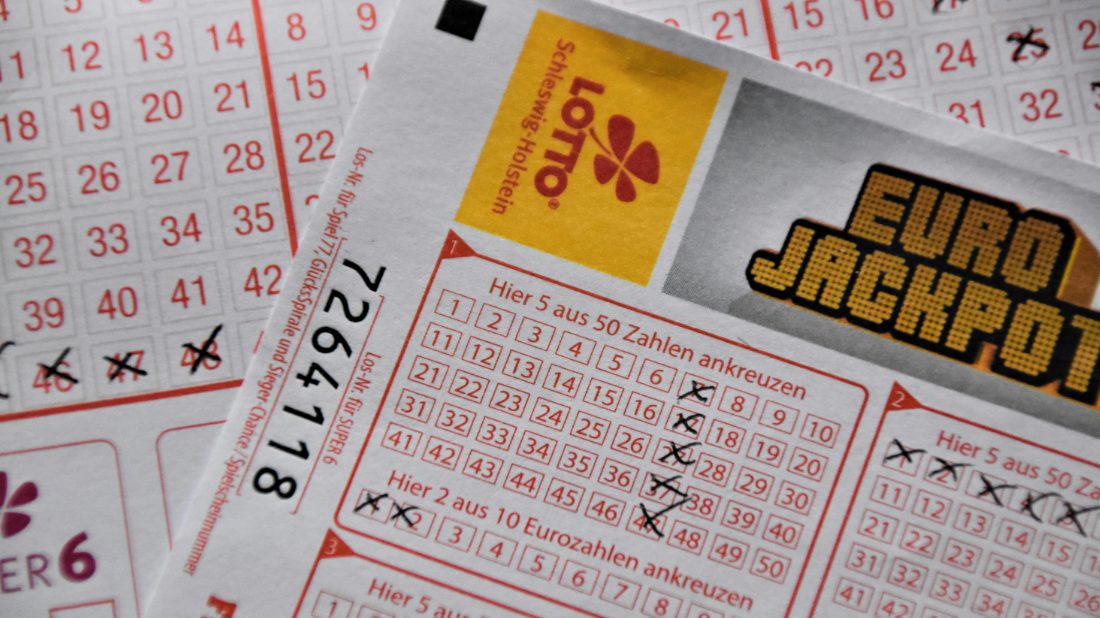
Americans blow $80 billion on lottery tickets—funding government programs through desperation. The odds are worse than becoming an influencer who actually influences. Lower-income communities suffer most. Invest in skills instead. Build something real. Create actual opportunities. Stop playing financial fantasy football with grocery money.










